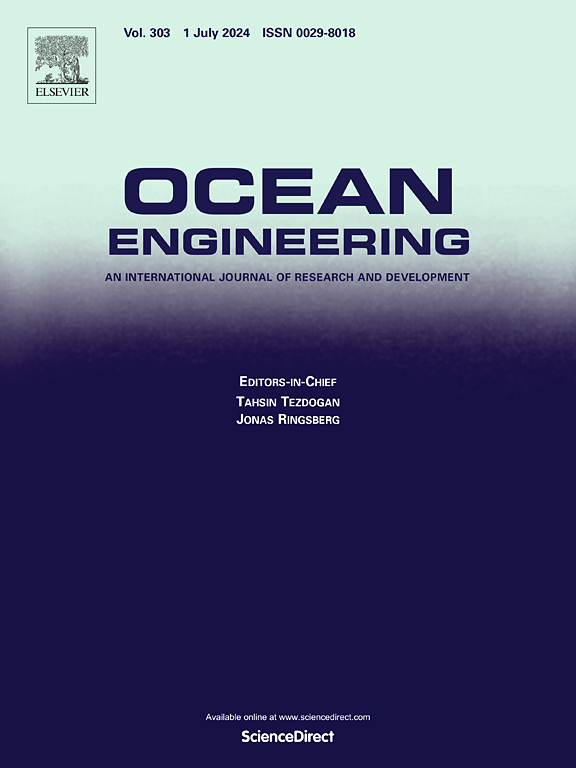Seismic vulnerability analysis of bridges incorporating scour uncertainty using a copula-based approach
IF 4.6
2区 工程技术
Q1 ENGINEERING, CIVIL
引用次数: 0
Abstract
Scour can significantly compromise bridge foundations and increase the possibility of failure during seismic events. Although the traditional cloud method is a commonly employed approach for assessing seismic resistance in bridges subjected to scour, it relies on empirical assumptions and inevitably introduces analytical errors. A copula-based approach was proposed for seismic vulnerability analysis by incorporating the uncertainty of scour depth into the assessment of bridge seismic performance. A bivariate copula function was employed to model the nonlinear dependencies between intensity measures (IM) and engineering demand parameters (EDP), thereby facilitating the construction of more accurate vulnerability curves without the restrictive assumption of a log-normal distribution. The uncertainty in scour depth was captured using the Latin Hypercube Sampling (LHS) technique. A case study of a four-span continuous beam bridge was conducted to demonstrate the effectiveness of the proposed framework. The results indicate that scour has a significant impact on piles compared to other components. Taking the slight damage state as an example, as the scour scenario progresses from slight to severe, the failure probability of the piers and bearings under an IM of 1.0g decreases by 0.17% and 0.11%, respectively. However, the vulnerability of the piles increases by 9.78 times.
求助全文
约1分钟内获得全文
求助全文
来源期刊

Ocean Engineering
工程技术-工程:大洋
CiteScore
7.30
自引率
34.00%
发文量
2379
审稿时长
8.1 months
期刊介绍:
Ocean Engineering provides a medium for the publication of original research and development work in the field of ocean engineering. Ocean Engineering seeks papers in the following topics.
 求助内容:
求助内容: 应助结果提醒方式:
应助结果提醒方式:


